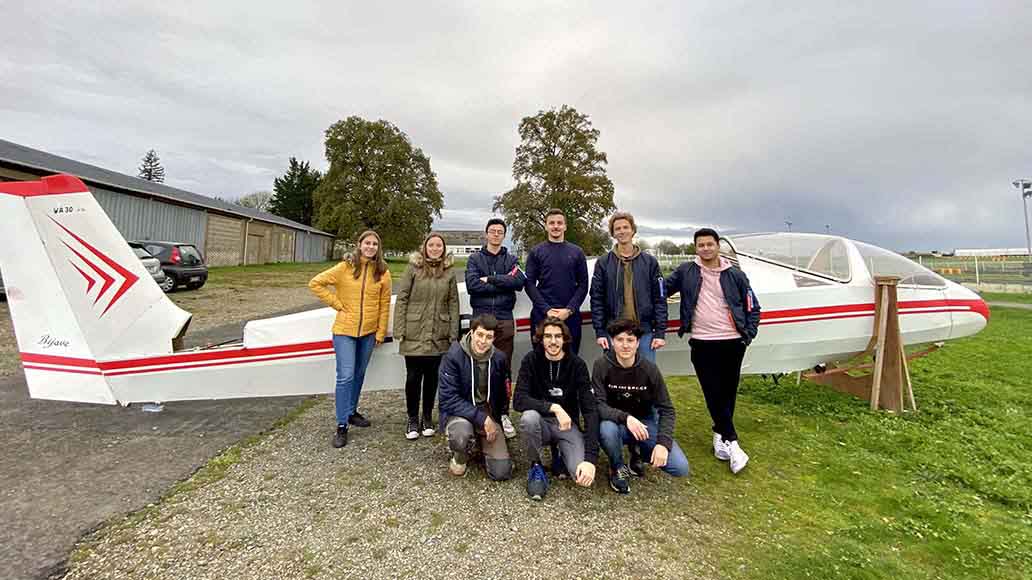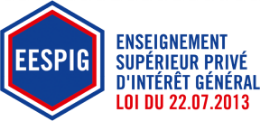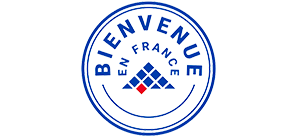Project Ouranos: An eco-responsible glider

The goal of the Ouranos project is to make gliding more environmentally friendly. The project is organised by the association Flying West, whose objective is to inform about the world of aeronautics through technical projects, activities, outings, etc.
A dozen students from the Flying West association have started to restore and electrify the take-off system for a two-seater glider dating from 1964; a WA-30 Bijave. The objective is twofold: to give a second life to the glider, and to offer an innovative solution by enabling autonomous take-off without using combustion engines.
Innovative technology for cleaner gliding
Gliding is a very energy-neutral activity except for take-off, so the goal is to make the activity even cleaner. Until now, to get a glider off the ground, it was either pulled by a winch or towed by an aircraft. The winch has been the most common solution for some years, but Bijave gliders cannot be equipped with one. Many of them are condemned to remain on the ground. The Ouranos project consists of restoring a currently unusable glider and making the launch autonomous using an innovative electric take-off device.
Firstly, the students will restore the WA-30 Bijave glider, to restore it to flying condition and then they will install an electric motor on each wing with folding propellers. The motors will be fitted to the rear of the wing, on the trailing edges to reduce drag. This type of electric motor has several advantages: it is more environmentally friendly, lighter and less expensive than a combustion engine.
Putting into practice notions seen in class
Several PITA projects (Projets d’Ingénierie Technologiques Associatifs – association engineering technology projects) are working with the Ouranos Flying West project. These are innovation projects proposed by student associations to conduct technical studies that are included in their programmes.
Third-year students are working on reducing cockpit weight, CAD (Computer Aided Design), sizing the engine or the battery…
Second-year students will be working on the engine support on the wing, on legislation, regulations and the design of the winglets, a device to improve any accuracy lost due to motor installation…
This project puts into practice notions seen during the course and calls on knowledge acquired during classes on resistance of materials, systems mechanics, fluid mechanics, technology of mechanisms, Computer-aided Design, electricity, etc.
Contact: fyingwest@estaca.eu
Instagram: htps://www.instagram.com/fying_west/?hl=fr
Instagram Projet Ouranos: htps://www.instagram.com/projetouranos/?hl=fr













